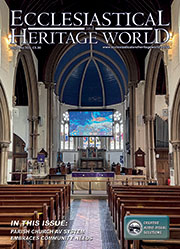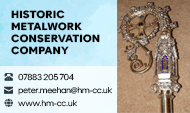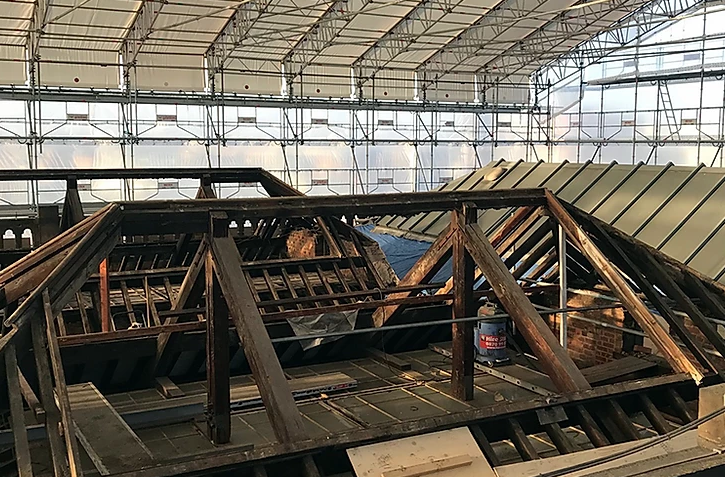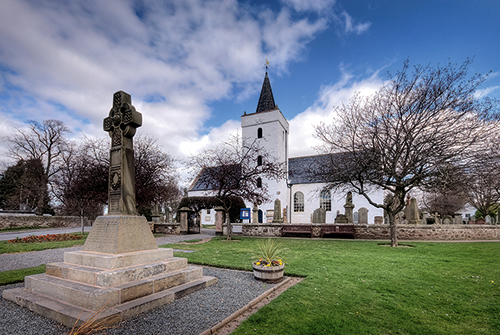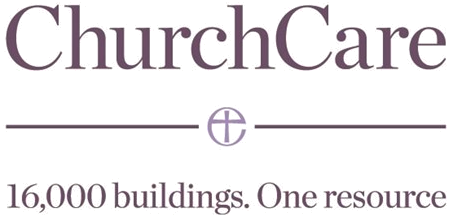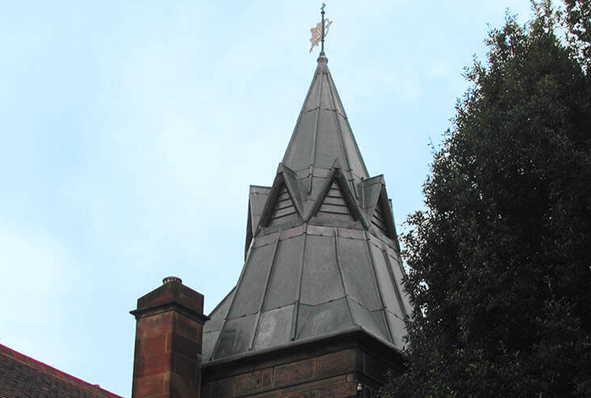Heritage Roofing
Heritage roofing - maintaining our iconic buildings
The UK is home to some of the most iconic buildings in the world, from stunning churches and cathedrals to historic stately homes. Each and every one of these remarkable feats of architecture requires regular maintenance to ensure they remain in the very best condition, allowing them to be enjoyed for generations.
Traditional Lime
Lime: it’s better for buildings – and for the environment
It is now fairly well known that cement is not good for old buildings and that lime mortar should be used. But why? What are the advantages and what are the disadvantages? In order to begin to answer those questions it is necessary to understand the nature of traditional building, the process by which buildings used to be built, and how it differs from modern construction, the process by which we build today.
Audio Visual
Audio visual equipment in church buildings
This guidance is issued by the Church Buildings Council under section 55(1)(d) of the Dioceses, Mission and Pastoral Measure 2007. As it is statutory guidance, it must be considered with great care. The standards of good practice set out in the guidance should not be departed from unless the departure is justified by reasons that are spelled out clearly, logically and convincingly.
Read More...
CRE Events
Exhibitors enthuse over the CRE experience
By 4pm on the first day of CRE 24 at the Marshall Arena in Milton Keynes, exhibitors Chris and Kim Dunphy had already had so many helpful and detailed conversations with visitors that they were “completely talked out”.
Insurance
You need to ensure that reasonable precautions are in place at your church to keep it safe for those who use it. To do this, you need to think about what might cause harm to people.
You will then need to decide if the precautions already in place are adequate. If they are not, you may need to identify further action to prevent any danger. When done formally, this is known as a risk assessment.
Lead Roofing
Lead is one of the oldest materials in the roofing industry and is still commonly used throughout the world today.
Lead roofing is a traditional roofing method which has been used in the industry for hundreds of years, and is therefore proven to be extremely reliable. Lead roofing, and sand-cast lead, in particular is ideal for old buildings such as churches or historical renovations, whereas milled lead roofing is a mass-produced alternative, used for precision and accuracy in homes and commercial buildings alike.
Lightning Protection
When lightning strikes are you protected against this act of God?
The issue of lightning protection in churches is one that has exercised this publication for many years. In this four-part series of spotlights on the issue we will be revisiting various aspects of the subject, beginning with an overview of current thinking.
Home
Shock, horror: lead roof lasts only 260 years!
Langley School in Norfolk – built as a private house in 1740 and a Grade One-listed property – has finally had the original leadwork on its north west turret replaced as part of a major refurbishment carried out by Norfolk Sheet Lead, and which has won them the 2008 Murdoch Sponsor’s Award.
“I looked very carefully when we were working on the north west turret and there were no signs of anything other than the original fixings for the sheet we were removing, so it was definitely the original roof,” said Carl Bream, managing director of Norfolk Sheet Lead.
“It was an incredible testament to the longevity of lead sheet and I hope in 260 years time people are saying the same thing about our work on this project!”
Having won the order in open tender, Norfolk Sheet Lead worked in close conjunction with Annahigh Consultancy, the appointed architects for the project, which as well as carefully renewing of the lead on four turrets involved replacing the damaged substrate and reinstating the original wherever possible.
The joints on the original turrets were formed of wood-cored rolls, with only four bays per pitch on the north west turret and seven bays per pitch on the other three. In renewing the lead it was agreed that seven bays per turret should be used throughout, so that the four turrets matched and at the same time complied with LSA recommended practice.
“The north west turret was understandably in the worst condition,” explained Carl. “The original sand-cast sheet had split in several places and the water ingress had rotted the timber substrate below virtually to the point of disintegration, ultimately causing the roof to collapse.”
A careful assessment of the works required enabled 50% of the original roof timbers to be re-used. The setting out of the substrate was modified to allow for the agreed changes, while successfully maintaining the visual appearance of the four turrets.
However, NSL were not allowed to modify the substrate for the gutters, which would have enabled them to introduce the required number of drips for the fall to comply with recommended practice.
“That was the sting in the tail,” said Carl. “Although the main roof and turret details were in Code 6 rolled lead sheet, we couldn’t use Code 6 for the parapet gutters.”
The answer to the problem was to increase the thickness of the lead to Code 12, which allowed much longer lengths to be laid, reducing the number of drips required and enabling NSL to comply with recommended practice without changing the detail.
The only problem then was the physical bossing of the lead into shape.
Bossing was used throughout the project in preference to cutting and welding details. But it is one thing to boss Code 6; it is quite a different proposition to boss Code 12 lead sheet that is more than 5mm thick and weighs 60kgs per square metre, even for the most experienced (and fittest) of leadworkers.
Carl Bream smiled at the memory. “Well I couldn’t ask anyone else to have a go at something I wasn’t prepared to do myself first,” he said.
In all, just under two tonnes of lead were laid on the project, which took a month from start to finish and also included the repairing and replacing of the original hollow copper finial.
Graham Hudson, the managing director of Associated Lead Mills, which actually provides the Murdoch Sponsors Award, was delighted that his own company played an important part in the project as the supplier of the rolled lead sheet for the roof (including the notorious Code 12).
“This was a super project for us to be involved in,” said Graham, “and I am delighted the judges deemed it worthy of winning the 2008 Murdoch Sponsors Award.”
- The Murdoch Sponsors Award is named in honour of Richard Murdoch and supplements the Murdoch Award by recognising the smaller leadwork project. It is open to all members of the Lead Contractors Association using rolled lead sheet from any manufacturer (provided it is to BSEN12588 or traditional sand-cast sheet from a recognised supplier) on projects of up to five tonnes.
For more information visit www.zink.it








